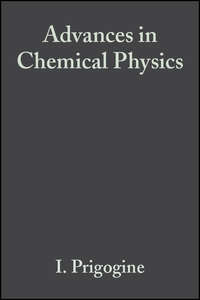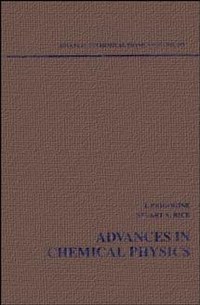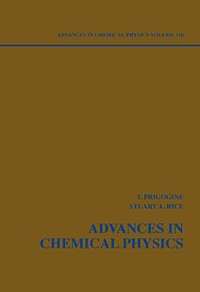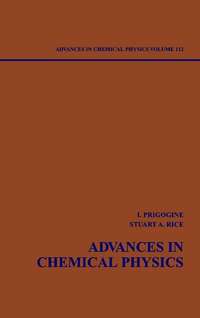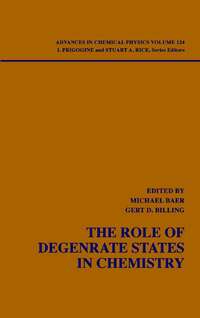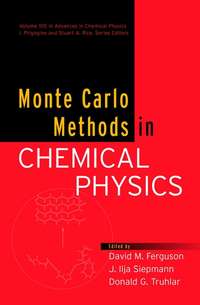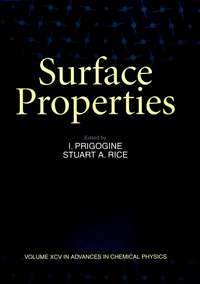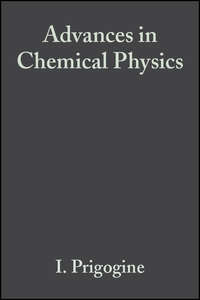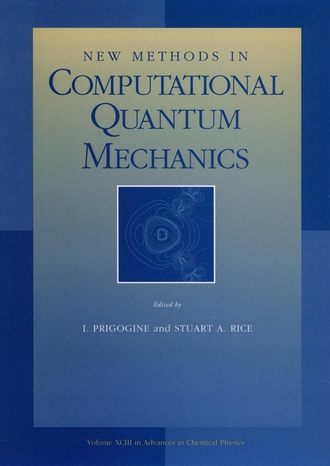
Полная версия
New Methods in Computational Quantum Mechanics
The use of quantum chemistry for the quantitative prediction of molecular properties has long been frustrated by the technical difficulty of carrying out the needed computations. In the last decade there have been substantial advances in the formalism and computer hardware needed to carry out accurate calculations of molecular properties efficiently. These advances have been sufficient to make quantum chemical calculations a reliable tool for the quantitative interpretation of chemical phenomena and a guide to laboratory experiments. However, the success of these recent developments in computational quantum chemistry is not well known outside the community of practitioners. In order to make the larger community of chemical physicists aware of the current state of the subject, this self-contained volume of Advances in Chemical Physics surveys a number of the recent accomplishments in computational quantum chemistry. This stand-alone work presents the cutting edge of research in computational quantum mechanics. Supplemented with more than 150 illustrations, it provides evaluations of a broad range of methods, including: * Quantum Monte Carlo methods in chemistry * Monte Carlo methods for real-time path integration * The Redfield equation in condensed-phase quantum dynamics * Path-integral centroid methods in quantum statistical mechanics and dynamics * Multiconfigurational perturbation theory-applications in electronic spectroscopy * Electronic structure calculations for molecules containing transition metals * And more Contributors to New Methods in Computational Quantum Mechanics KERSTIN ANDERSSON, Department of Theoretical Chemistry, Chemical Center, Sweden DAVID M. CEPERLEY, National Center for Supercomputing Applications and Department of Physics, University of Illinois at Urbana-Champaign, Illinois MICHAEL A. COLLINS, Research School of Chemistry, Australian National University, Canberra, Australia REINHOLD EGGER, Fakultät für Physik, Universität Freiburg, Freiburg, Germany ANTHONY K. FELTS, Department of Chemistry, Columbia University, New York RICHARD A. FRIESNER, Department of Chemistry, Columbia University, New York MARKUS P. FÜLSCHER, Department of Theoretical Chemistry, Chemical Center, Sweden K. M. HO, Ames Laboratory and Department of Physics, Iowa State University, Ames, Iowa C. H. MAK, Department of Chemistry, University of Southern California, Los Angeles, California PER-ÅKE Malmqvist, Department of Theoretical Chemistry, Chemical Center, Sweden MANUELA MERCHán, Departamento de Química Física, Universitat de Valéncia, Spain LUBOS MITAS, National Center for Supercomputing Applications and Materials Research Laboratory, University of Illinois at Urbana-Champaign, Illinois STEFANO OSS, Dipartimento di Fisica, Università di Trento and Istituto Nazionale di Fisica della Materia, Unità di Trento, Italy KRISTINE PIERLOOT, Department of Chemistry, University of Leuven, Belgium W. THOMAS POLLARD, Department of Chemistry, Columbia University, New York BJÖRN O. ROOS, Department of Theoretical Chemistry, Chemical Center, Sweden LUIS SERRANO-ANDRÉS, Department of Theoretical Chemistry, Chemical Center, Sweden PER E. M. SIEGBAHN, Department of Physics, University of Stockholm, Stockholm, Sweden WALTER THIEL, Institut für Organische Chemie, Universität Zürich, Zürich, Switzerland GREGORY A. VOTH, Department of Chemistry, University of Pennsylvania, Pennsylvania C. Z. Wang, Ames Laboratory and Department of Physi


